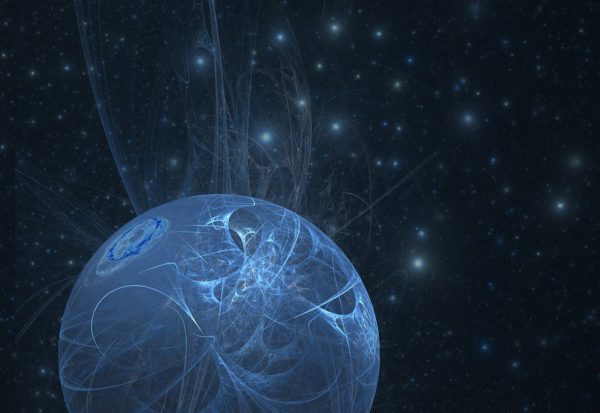It’s almost hard to believe that until the early years of the 1990s, astronomers had yet to discover a planet outside the solar system.
Even though scientists were certain that other stars orbited other stars, there was little evidence of other planetary systems until the discovery of two extrasolar planets — or exoplanets — orbiting the pulsar PSR 1257+12 in 1992 by Aleksander Wolszczan and Dale Frail, as logged in the journal Nature.
This initial discovery was soon followed by the observation of 51 Pegasi b — the first exoplanet discovered around a sun-like star — in 1995, for which astronomers Michel Mayor and Didier Queloz were awarded the 2019 Nobel Prize in Physics.
Since 1995, our exoplanet catalog has rapidly expanded. We have now confirmed over 4,000 worlds outside our solar system, with a further 7,000 or so suspects waiting to be classified, according to NASA.
As our observation methods improve, this discovery process has only really just begun. And later this year, the James Webb Space Telescope (JWST) will launch, with part of its mission dedicated to search for exoplanets.
A surprising factor has started to present itself as we learn more about worlds outside the solar system; the universe is weird. Really weird. From worlds that rain iron and glass to diamond worlds and planets that have escaped the grip of their parent stars, our burgeoning exoplanet catalog demonstrates that our own solar system is reassuringly boring.



